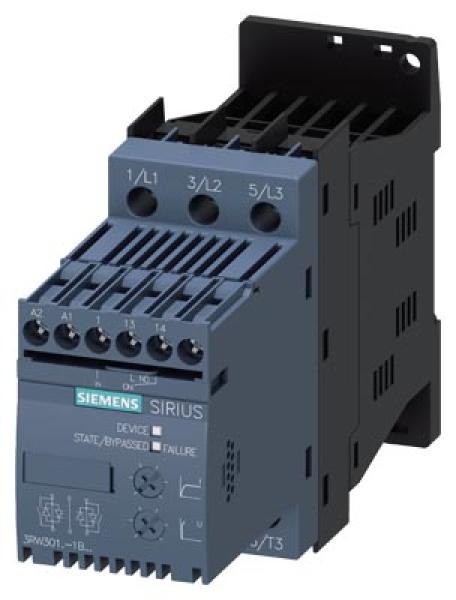Customer voice

163.58€ Tax Excl.
Like new
Availability : In-stock
1 article remaining in stock
To get a quote, add your products to the basket and generate your quote.
We're shipping in less than 48h

All parts are in stock
With our partners

Quote
To get a quote, in your basket, click on « get a quote » and add the reference(s)

Online payment or after quote
If you can not pay by card or bank transfer

Receive bills
For all your orders

Shipping worldwide

Product warranty

90 days return
If parts have problems
Specifications
Technical sheet
Download
Product origin
Stock origin
Major European pharmaceutical manufacturer (dormant stock & surplus)
Storage condition
Good - Storage on pallets in sealed area and ventilated
Warranty
3 months
Our other offers
| Condition: | Vendor | Price |
|---|---|---|
| Like new | kheoos Voir les produits du vendeur | 163.58€ Tax Excl. (par unité) |
Our conditions
| Condition: | Description |
|---|---|
| New | New - Item never used, unopened, sold in the original packaging |
| Like New | Like New - Item in excellent condition, without signs of wear, in its original packaging or refurbished, small defects possible that do not affect the operation |
| Refurbished | Refurbished - Item repaired, inspected and cleaned by the seller or by a third party not necessarily approved by the manufacturer and in excellent working condition |
| Used | Used - Item having been used, showing some superficial signs of wear, fully operational and working properly |
About the category
How does a starter for an electric motor work?
A motor starter is an essential device which will allow the engine to be started, particularly for applications where an asynchronous motor requires assistance to start. Its operation combines electromechanical principles to convert electrical energy into mechanical motion.
The heart of the electric motor starter is a coil powered by a power source, usually batteries. When the ignition is activated, direct current or alternating current, depending on the type of engine, is routed from the control box to the starter. This current flows through the coils, creating a magnetic field.
This magnetic field acts on the moving parts of the starter, causing the brushes to rotate and, therefore, the motor to rotate. In the case of an electric motor, this action is crucial, because it allows you to overcome the lack of initial inertia and start the motor.
The starter is generally connected to the engine via an electrical connection system. Once the engine is started, the starter motor deactivates, allowing the engine to run under its own electrical power.
For some engines, a preheating system may also be integrated into the starter circuit, particularly in machines where preparing the engine for ignition requires a higher temperature.
What are the different types of starters for asynchronous machines?
Asynchronous motors, used in various industrial applications, require specific starters to effectively manage their rotation speed and starting torque. Different types of starters are designed to adapt to various power and operating requirements, and offered by Kheoos:
Direct Starter: This is the simplest system, where a switch or contactors directly connect the motor to the rated voltage. This type of starting generates high useful torque but can cause a significant current peak, which is not ideal for high powers.
Star-delta starter: Used to reduce starting current, this starter changes the connection of the motor windings after starting. This method reduces the starting current but also the starting torque.
Soft starter (choke): It gradually controls the voltage applied to the motor, allowing a smooth start. This reduces the impact on the control circuit and mechanical drives.
Starters with frequency converters: These sophisticated systems control the frequency of the current supplying the electric motor, allowing precise control of rotational speed and torque. They are ideal for applications requiring fine speed control.
Stator resistance starter: Here, resistors are inserted in the stator circuit to limit the starting current. This type of starter is generally used in medium-sized engines.
Generator starter: Much less common, this type of equipment uses a generator coupled to the engine to provide a soft start.
Each type of motor starter has its own advantages and disadvantages and must be chosen according to the specificities of the machine to be equipped, taking into account the torque requirements, speed, and electrical constraints of the system.
What is the difference between a three-phase and single-phase motor to choose the right motor starter?
The main difference between a three-phase motor and a single-phase motor lies in their power supply and their performance.
A three-phase motor, powered by three different phase electrical currents, offers higher power and greater efficiency, making it ideal for heavy industrial applications.
On the other hand, a single-phase motor operates on a single electrical current, which means it can be used for lighter equipment such as domestic appliances.
Knowing the type of motor to be equipped is essential to choosing the right starter, because motor starters are specifically designed to work with one or the other type of motor.
You are looking for new, used or reconditioned motor starters, kheoos is the specialist in the reuse of industrial spare parts!